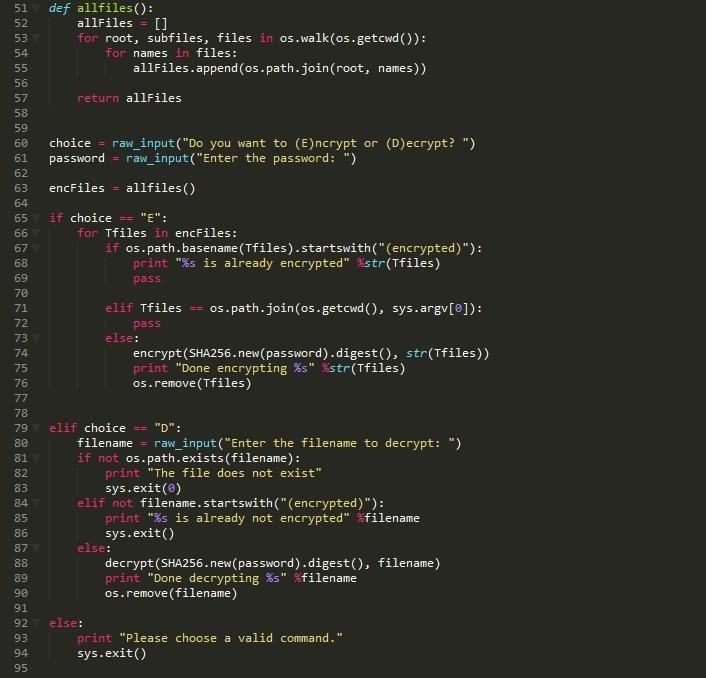

replaceAll(PUBLIC_KEY_END_KEY_STRING, EMPTY_STRING) replaceAll(PUBLIC_KEY_START_KEY_STRING, EMPTY_STRING) KeyString = keyString.replaceAll(NEW_LINE_CHARACTER, EMPTY_STRING) String keyString = new String(publicKey) Public static final String EMPTY_STRING = "" īyte publicKey = Files.readAllBytes(keyFile.toPath()) Public static final String PUBLIC_KEY_END_KEY_STRING = "-END PUBLIC KEY-" Public static final String PUBLIC_KEY_START_KEY_STRING = "-BEGIN PUBLIC KEY-" For that, we’ll use the following code snippet: public static final String NEW_LINE_CHARACTER = "\n" For that, once we have the file’s content into a variable, we’ll replace all the unwanted text with some empty strings. You need to remove all that and have only the key. Xy88xRksZqqEmgCwEX4gVsAWrGCTJ7U+LyuSYpavbHGcUkA4rIh9XCkgphvXYod2ĬnyU0XQJ1jRLvTD4EozTtyA1wKRxtATj/2o+swH3mnEW1y4weEoLmfcJ844tQU/lģDIxQh+XWhzdsqo8kX+Za8RAFbH2xbK+yG6U3it5TrSwmsSSUh2ZGlcGiN76C/42ĦrTWS0lj5kYEUYKqON782ui8K2hGj9ylpL6lohosH8lsTKZvRK0PCs698QKrlc/MĪs you can see, there’s some text in there, and some new line characters, and some dashes.

IuKd2AQwEBiJMt15djesw6wgR/1jWJr/ZUM+XPIVkshHoPkhh2JhnqvEZt3VEYeY MIIBIjANBgkqhkiG9w0BAQEFAAOCAQ8AMIIBCgKCAQEAut9/U5lR6UN/02YX79qv

If you open up your public key file ( cat it or open it in a text editor), you’ll see something like this: -BEGIN PUBLIC KEY.

We have to clean up the public key data though. Next, we need to read the public key file into our Java code. For that though, we need to first convert this string into a byte array: byte bytesToBeEncrypted = dataToBeEncrypted.getBytes() I have selected a very specific message to encrypt, and it makes a lot of sense: String dataToBeEncrypted = "Some random words in no particular order." Īs you can see, I can’t really send out this very sensitive message over public internet. Key = RSA.Now that we have a key pair, let’s start encrypting our message. You can use the following code for RSA cipher decryption −įrom Crypto.Hash import SHA512, SHA384, SHA256, SHA, MD5 This adds more weight age for security purposes. The digital signature is verified along with the details of sender and recipient. The following code explains this −ĭef sign(message, priv_key, hashAlg="SHA-256"):Īuthentication is possible by verification method which is explained as below − AuthorizationĪuthorization is the process to confirm that the sender is the only one who have transmitted the message. The function used to decrypt cipher text is as follows −įor public key cryptography or asymmetric key cryptography, it is important to maintain two important features namely Authentication and Authorization. This chapter is a continuation of the previous chapter where we followed step wise implementation of encryption using RSA algorithm and discusses in detail about it. Decryption of Simple Substitution Cipher.


 0 kommentar(er)
0 kommentar(er)
